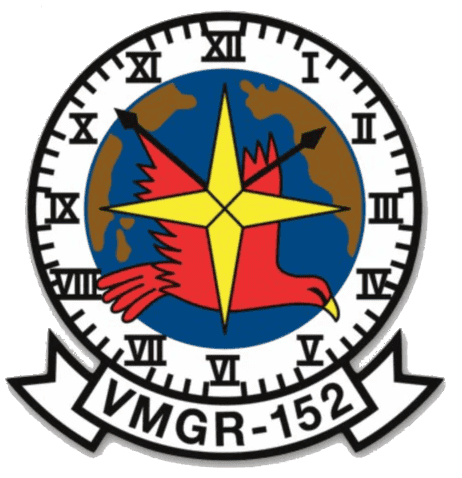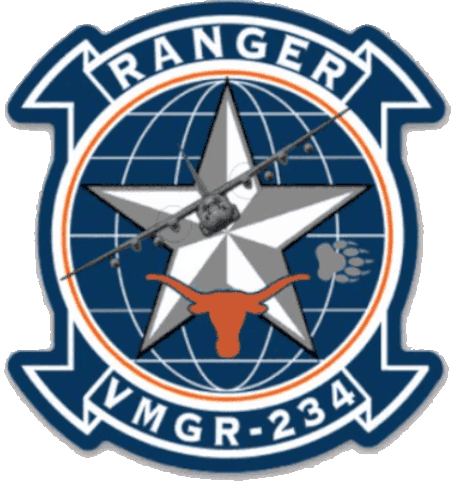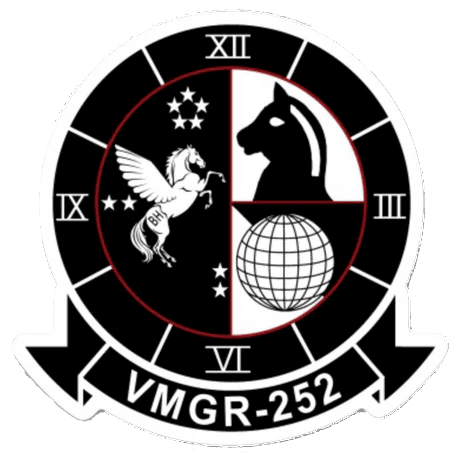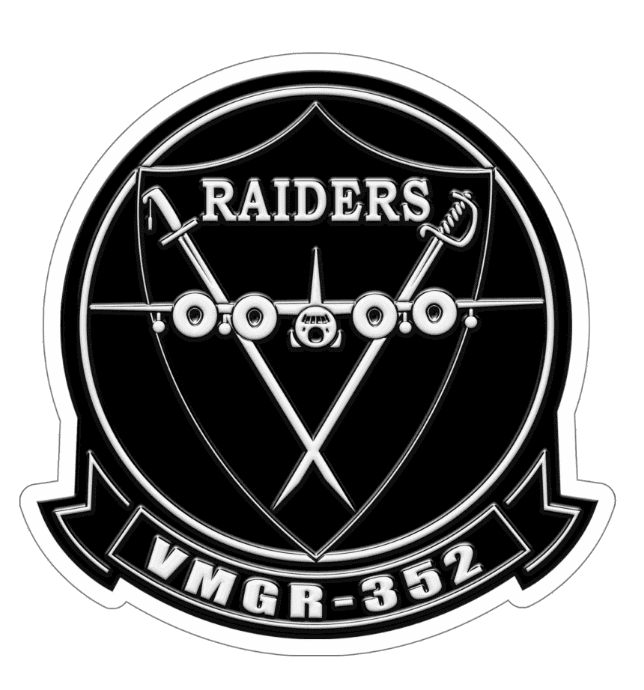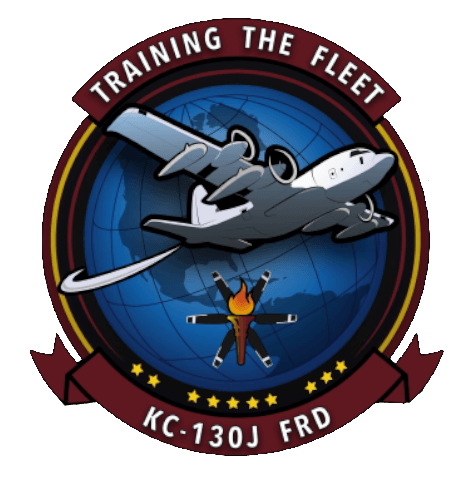Threat of the Week
Y-8G This variant was first revealed in April 2005. The first flight took place in late 2004. Seven aircraft are known to be in service with the Chinese air force.
The aircraft features two large cheek fairings of an arch shape, which might house a large ECM antenna array for long-range electronic jamming purposes.
It also has a redesigned solid nose with the under-nose radome removed. A large tail fairing may provide 360-degree coverage.
Another cylindrical fairing can be seen on top of the vertical tailfin.
The Shaanxi Y-8 or Yunshuji-8 aircraft is a medium-size medium-range transport aircraft produced by Shaanxi Aircraft Corporation in China,
based on the Soviet Antonov An-12. It has become one of China's most popular military and civilian transport/cargo aircraft, with many variants produced and exported.
In the 1960s, China purchased several An-12 aircraft from the Soviet Union, along with a license to assemble the aircraft locally.
However, due to the Sino-Soviet split, the Soviet Union withdrew its technical assistance.
The Xi'an Aircraft Company and Xi'an Aircraft Design Institute worked to reverse engineer the An-12 for local production.
Major features of the Y-8 included a glazed nose and tail turret derived from that of the H-6 bomber, a roller-type palletized cargo-handling device instead of the overhead conveyor, and a gaseous oxygen system as
opposed to a liquid oxygen system. The Y-8 is equipped with four turboprop engines mounted under the leading edges of non-swept wings.
The wings are attached high on the fuselage, and the tricycle landing gear is equipped with low-pressure tires.
The Y-8 is capable of carrying troops, dropping supplies, parachute drops, and functioning as an air ambulance. It also can be used for commercial uses as a freighter.
It is capable of hauling 20 tons of cargo, approximately 96 soldiers, or about 82 paratroopers in the cargo compartment which is 13.5 meters long, 3 meters wide, and 2.4 meters high.
It can also carry 60 severely wounded soldiers with its stretchers, 20 slightly injured soldiers, and 3 medical attendants.
In the early 1980s, Chinese officials saw US Army recruiting advertisements featuring parachute extraction of an Army jeep along with troops.
The PLA was told to develop this kind of capability. But there were two design problems. One, Y-8 wings have very sharp leading edges, so one wing tends to stall before the other,
causing the aircraft to roll inverted as it stalls. The second design flaw was that the cargo deck of the Y-8 had a 10-degree downward slope starting at the landing gear.
When the PLA Air Force started to test parachute extraction, these two design flaws caused a near disaster. The aircraft was flying too fast, and when the parachute started to extract
cargo from the hold, the cargo rolled on the deck until it got to the 10-degree downward slope, and there it became airborne while still inside the aircraft.
The cargo hit the top of the cargo door on the way out, making it clear that the Y-8 could not do parachute cargo extraction.
In 1986, two engineers from Beijing's Ministry of Aviation visited Lockheed. The Chinese wanted to purchase Lockheed wind tunnel testing on the Y-8 in order to address the stall problem.
As a result of these wind tunnel tests, conducted in 1986, Lockheed was given a contract to do a flight test series on the Y-8. Lockheed was told that flight test data was not provided by the Soviets when they helped China build the Y-8 factory.
The flight test series was flown by Lockheed test pilot Hank Dees. Hank had flown the test flight series for the Lockheed L-1011 and later for China's Y-12 in Harbin.
During this flight test series, Hank Dees flew the aircraft to stall speed and taught Chinese pilots how to anticipate a stall in order to prevent letting the aircraft go inverted.
As a result of this test flight series, Chinese pilots started to use the 45-degree flap position. Lockheed's motive for doing flight tests was to demonstrate that China would be better off buying the C-130 rather than trying to improve the Y-8.
China did buy C-130's, but the flight test series actually demonstrated that the Y-8 was a more capable aircraft than previously believed.
In the late 1980s, Lockheed Martin, the American manufacturer of the C-130 Hercules, helped China to develop a pressurized cabin for the passenger version of Y-8.
